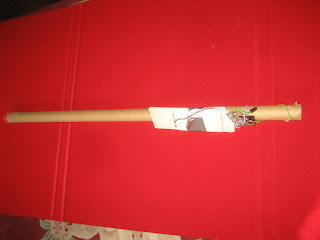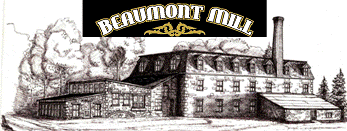One of the mysteries and frustrations of the heating system in the mill has been learing the wyles of the low pressure steam heating system. We have a "two pipe system" which means steam goes out to the rads and heaters through the steam pipe system and as it releases it's latent energy it condenses and runs back to the boiler through the condensate return pipe system. Simple eh?
Catch is that the return system in particular is self destructive on a continuous basis. Apparently the condensate turns into carbolic acid (I think) at the steam traps and basically eats its way back to the boiler. It's not very friendly to the boiler either but at least we can add chemicals to neutralize it there.
So, things go wrong, unexpectedly, especially at the steam traps. If one begins to leak that means it is passing steam into the return system - then more bad things can happen - kills more traps for example. Our great steam guy (Jim Cocheran of Canadian Boilers) showed up with a neat heat camera that takes thermographic pictures of the traps and you can see in colour what needs to be done! Great! Perfect solution - except the camera is his and it's $5000!
The inventor got to work using a solution we came up with to turn the uniut heaters and fans on and off with the steam - other wise fans are blowing cold air when the steam is not on. Here's this one first...
 |
the box fan is used to throw the heat from the rad into the room -
this dramatically speeds up warming the room.
the thrmostatic switch in the back of the receptical presses
on the steam pipe and turns the receptical on when there is steam present. |
 |
this one in the living room controls two fans on two rads from
one thermostaticaly controlled recepticle |
Once this system was debugged and working flawlessly, the question still remained about being able to troubleshoot the steam traps from time to time. Eventually when the problem actually presented itself, the solution jumped right up at the same time...
 |
| Malcolm's Steam Testing Wand! |
The tube is a shipping container that was lying around, the battery box was carved off on an obsolete Blackbox transmitter, the light is what remains of a damaged boat trailer light and up front....
 |
is the same steam sensor I used for the rad controls. I just touch the steam pipe and if it is at 212 or above - the light comes
on. If the pipe is below steam temperature it does not come on. This allows me to test the traps quickly! |



